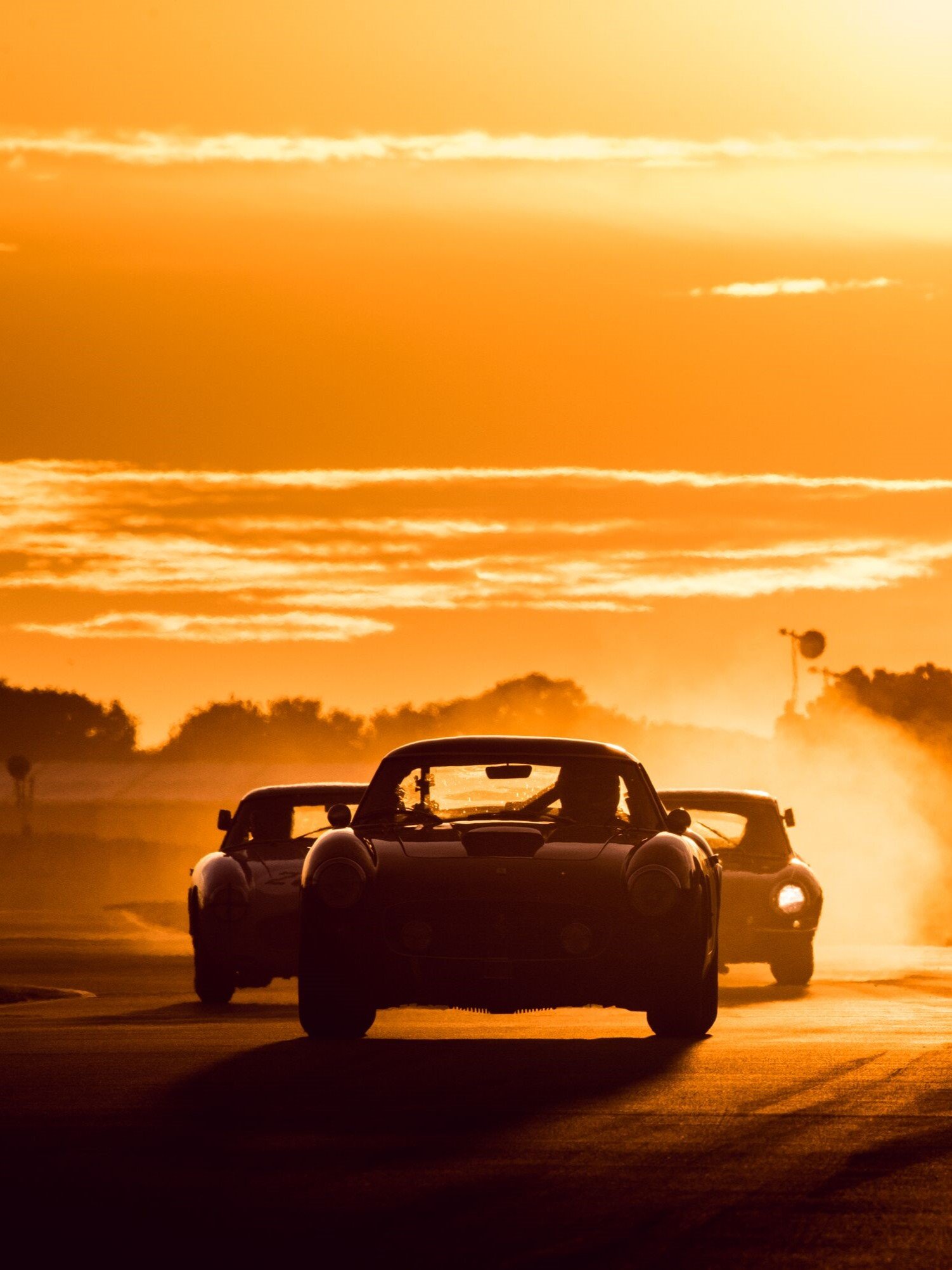The 12 best Maseratis of all time
A couple of weeks ago we got behind the wheel of two of Maserati’s newest models, the Levante GTS and Levante Trofeo. Technically brilliant though both cars are, they’re arguably not the machines for Maserati purists. Which got us thinking: if we had to choose 12 of our favourite Maseratis of all time, would the SUV make the cut?
Read on to find out which would make our list...

4CLT (1948-1951)
The Maserati 4CLT was an evolution of the pre-war 4CL, originally designed to beat Germany’s dominant Silver Arrows in the late-1930s.
While the 4CL returned after the war and dominated the competition, it wasn’t long before the revised 4CLT made its debut in 1948, complete with a tubular chassis construction, a 260bhp, 1.5-litre straight-four, and two-stage supercharging.
Following a couple of years of development, the 4CLT/50 was introduced for the inaugural year of the Formula 1 World Championship in 1950. In its heyday, the 4CLT was the car of choice for many privateer entrants, and was driven by many famous names, including the first ever Formula 1 world champion Giuseppe Farina and five-time championship winner Juan Manuel Fangio.

Photo: Lothar Spurzem
250F (1954-1960)
Just 26 examples of the Maserati 250F were built, primarily featuring the 220bhp, 2.5-litre Maserati A6 straight-six engine. Designed to race in the 2.5-litre Formula 1 championship, it made its winning debut at the 1954 Argentine Grand Prix in 1954 in the hands of Juan Manuel Fangio.
Two years later, in 1956, Stirling Moss piloted works 250Fs to victory in both the Monaco and Italian Grands Prix. He was later quoted as saying that the 250F was ‘the best front-engined F1 car he drove’. In 1957, after some engine modifications, Juan Manuel Fangio drove the model to four more Formula 1 World Championship victories, including his legendary 1957 German Grand Prix win in which he broke the lap record at the Nürburgring 10 times.
By the 1958 season, the 250F was unable to match the new mid-engined F1 cars. However, the Maserati continued to be used by privateers until 1960, the end of the 2.5-litre era. Over its six-year career, 277 250Fs competed in 46 Formula 1 world championship races, notching-up eight outright wins.

Image: Brian Snelson
A6G CS/53 (1947-1953)
A derivative of Maserati’s A6 sportscar, the A6G CS/53 was widely regarded as being one of the seminal sports cars of the 1950s. The first true production Maserati – the manufacturer had only ever made race cars pre-war – the A6G CS had different coupé bodies designed by coachbuilders such as Pininfarina and Zagato.
One of Maserati’s true greats, the A6G CS/53 was extraordinarily powerful and extremely noisy, offering a rough but exhilerating ride...

Image: Spurzem
Tipo 61 Birdcage (1959-1961)
Named for its tubular space frame chassis, the Tipo 61 Birdcage was built between 1959 and 1961 for events like the 24 Hours of Le Mans endurance classic. The intricate chassis featured more than 200 chro-moly steel tubes welded together, giving a more rigid and lighter structure than other methods available at the time, hence the ‘Birdcage’ nickname.
Just 16 examples of the Birdcage were built, designed by Giulio Alfieri, and powered by a 2.9-litre inline-four. Producing 250bhp, the 600kg, front-engined machine could reach speeds of up to 177mph.
Notably, Stirling Moss won the Tipo 61’s first race in 1959, a feat that encouraged various teams to take them racing. Lloyd "Lucky" Casner created his Casner Motor Racing Division to enter three Tipo 61's in the 1960 24 Hours of Le Mans, however reliability issues meant they never took home the title. More successful, however, was the Camoradi team, who in both 1960 and 1961 won the 1,000km Nürburgring.

Image: Abehn
3500 GT (1957-1964)
Maserati’s first foray into Gran Turismo and ‘regular’ series production cars, the 3500 GT was produced from 1957 to 1964. It featured Touring of Milan and Vignale coachbuilt bodies and came in two-door coupé and the more frequent drop-top form.
The handsome 3500 GT was powered by a modified version of the DOHC, 12-valve straight-six engine of the endurance racing Maserati 350S, which had been modified to suit a touring car by switching to a wet sump oil system.

Image: Michelin Live UK
5000 GT (1959-1965)
The Maserati 5000 GT, aka the Shar of Persia Maserati, was the world’s most expensive car when it debuted, costing $17,000 – twice that of its sibling, the 3500 GT.
Its Persian pseudonym came as a result of the actual Shah of Persia, Mohammad Reza Pahlavi’s, request for Maserati's chief engineer Giulio Alfieri to combine a slightly modified 5.0-litre engine from the Maserati 450S with the 3500GT chassis. The result was the 325hp, 5.0-litre V8-powered 5000GT, of which 34 units were produced from 1959-1965.

Image: Larry Stevens
Tipo 151 (1962-1963)
One of the most beautifully sleek and elongated Maseratis of all time, the Tipo 151 was designed by Giulio Alfieri and refined in a wind tunnel at Milan University.
It featured a 4.0-litre V8 engine and bodywork derived from the World Sportscar Championship 450S, but with a sharply-truncated Kamm tail to enhance airflow
Produced during 1962 and 1963, it competed in endurance racing events, notably Le Mans in the hands of Maserati France.

Image: GTHO
Ghibli (1967-1973)
One of the most admired GT sports cars of the 1960s, the original Ghibli (1967-1973) was designed by a young Giorgetto Giugiaro while working at Ghia. Featuring a steel body, a long nose and a 4.7-litre dry sump V8 engine mated to a five-speed ZF manual transmission, the Ghibli was aimed squarely at contemporary rivals such as the Ferrari Daytona, Lamborghini Islero, Monteverdi High Speed and Aston Martin DBS. Making 306bhp, it could accelerate from 0-60 mph in 6.8 seconds and boasted a top speed of 155mph.
The front-engined, rear-wheel-drive GT tourer was available in Fastback and Spyder body styles, and a sporty variant, with a stroke increased by 4mm thus making it a 4.9-litre with 330bhp and 481Nm, was introduced in 1969. Maserati revived the Ghibli name in the 1990s for a more purposeful BiTurbo-based variant, and once again more recently for its current smaller four-door executive saloon.

Image: Thesupermat
Bora (1971-78)/Merak (1972-1983)
Maserati’s first mid-engined supercar, the Bora predated the production Ferrari Berlinetta Boxer and Lamborghini Countach.
Like the earlier Ghibli, the Bora was styled by Giugiaro, who by that time had gone independent and founded Ital Design. The Bora was the first Maserati to be launched under Citroën’s brief ownership of Maserati, with the model therefore borrowing lot of Citroën technology such as pneumatic brakes and hydraulically-adjusted seats. Nonetheless, the car still featured the potent Maserati 4.7- and 4.9-litre V8 powertrains.
A more affordable version of the Bora, the Merak, launched in 1972, with much of the same styling and coachwork, albeit a differing rear end. The Merak also replaced the V8 with a smaller V6, allowing space for two extra (very cramped) seats in the rear.

Image: Maskham
Khamsin (1974-1982)
More of a true GT successor to the Ghibli than the Bora, the front-engined Khamsin was designed by Marcello Gandini while at the famed Bertone automotive design house. Notably, it was Bertone’s first production car work for Maserati.
Featuring an all-steel monocoque construction and 50/50 weight distribution, the same 4.9-litre DOHC, 16-valve V8 from the Ghibli SS featured, making 320bhp and 482Nm of torque.
The Khamsin is recognisable for its extreme wedge-shaped body, fastback roofline and kammback rear end, which was unique for its glass panel in which the Alfa Romeo-sourced tail lights appeared to float.

Image: Damian Morys
MC12 (2004-2005)
The MC12 was an obvious choice for this list. Produced by Maserati to allow a racing variant to compete in the FIA GT Championship, this striking model was effectively a Ferrari Enzo underneath with that potent 6.0-litre, F140 V12, and a wide, race-inspired body on top.
However, while Ferrari made 400 Enzos, only 50 of these fearsome Maseratis were built in 2004 and 2005, each selling well in advance of production for €600,000. Meanwhile, 12 of the racing MC12s were developed to signal Maserati's return to racing after a 37-year hiatus.
The MC12 was only available painted blue and white in homage to the ‘Birdcages’ of the 1960s.

Quattroporte (2003-2012)
A staple of the Maserati range since its introduction in the late 1960s, the Quattroporte is exactly what it says on the tin – a four-door saloon. In its 56 years of existence, there have been six generations, from the boxy, chromed original, to the hugely understated fourth generation model.
This brings us to the model that’s made our list of top 12 Maseratis, the V8 fifth generation, built between 2003 and 2012 and styled by Pininfarina. It makes our list, quite simply, because of its glorious V8 engine.
Maserati
250F
Quattroporte
MC12
Khamsin
Bora
Ghibli
Tipo
GT
Supercar































































